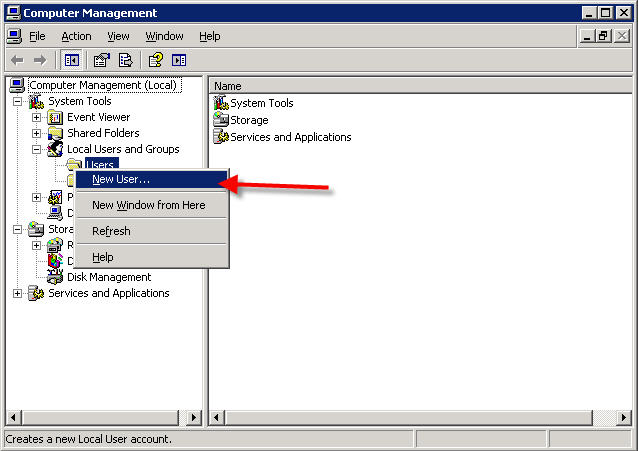

- CREATE PUBLIC FTP SERVER WINDOWS HOW TO
- CREATE PUBLIC FTP SERVER WINDOWS INSTALL
- CREATE PUBLIC FTP SERVER WINDOWS UPDATE
In Server Manager, click the Manage menu, and then click Add Roles and Features. Windows Server 2012 or Windows Server 2012 R2
CREATE PUBLIC FTP SERVER WINDOWS INSTALL
To support FTP publishing for your Web server, you must install the FTP service. The element that includes the method was introduced in FTP 7.0, which was a separate download for IIS 7.0. The element that includes the method shipped as a feature of IIS 7.5. The element that includes the method was not modified in IIS 8.0. The element that includes the method was not modified in IIS 8.5. The element was not modified in IIS 10.0. Once the method has been called, the run-time state for the FTP site can be determined by the value of the state attribute. The method of the element starts the FTP site that applies to. For example, a user could connect by typing in. In order for others users to connect, you would need to provide them with the hostname you created on No-IP. Users can now connect to your server with the username and password you set on your FTP server.

CREATE PUBLIC FTP SERVER WINDOWS UPDATE
This will remove the need for the Dynamic Update Client. Some devices that include No-IP for Dynamic DNS can be Routers or Camera systems. You can see if a device at your network supports for Dynamic DNS updates. This client will check your IP address every 5 minutes and if your IP has changed, it will automatically update your hostname with No-IP. This client will need to be running at all times at the network’s location. You can download our free Dynamic Update Client. If you have a Dynamic IP address you will need to configure a way to keep No-IP up to date with your changing IP address.
CREATE PUBLIC FTP SERVER WINDOWS HOW TO
If you are unsure how to port forward you can review our General Port Forwarding guide. You will need to open and forward port 21 on your router and any firewall you might use. Once the user has been created you can enable the account, as well as set a password for the user(s) you have created under the “Account Settings”, in the “General” sidebar. Enter the username you would like and select the group the user should be assigned to. Once the group has been created you will need to create a user by going to “Edit”, then “Users”, then “Add”. You can now create a group name and set the group permissions. To configure the groups in the FileZilla Server go to “Edit”, then “Groups”, then click “Add” under the group window. Once started you can now configure the FTP Server with different groups for the users. If you would like to set an administrative password, enter one now and click “OK”. Once installed, the FileZilla server should open. If you do decide to change the port, make sure it is an uncommon port, generally 1024-65535. I recommend leaving it at the standard port 14147. You will see an option to select what port the admin interface for FileZilla server should list. You will need to install the FileZilla server on your computer. You’ll first need to download the FileZilla server. There are a few different choices you can use to create an FTP server, but in this guide, we will use FileZilla, which is free. Once you have created a hostname with No-IP you will need to download and run an FTP server. If you do not already have an account, you will need to create an account by following the steps in our Getting Started guide. You can create and use a hostname with No-IP to run an FTP server. FTP or File Transfer Protocol servers allow you to share or host data on your computer that might be too large to transfer through email.


 0 kommentar(er)
0 kommentar(er)
